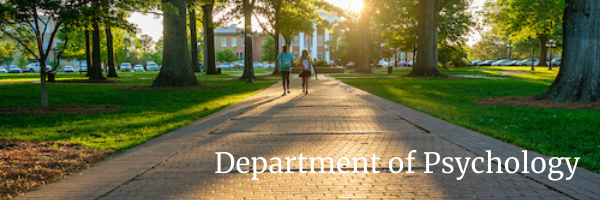
Faculty and Student Publications
Document Type
Article
Publication Date
5-1-2020
Abstract
© 2019, The Psychonomic Society, Inc. An important discovery in false-memory research is Israel and Schacter’s (Psychonomic Bulletin & Review, 4, 577-581, 1997) finding that presenting pictures at study relative to words alone reduces false memory in the DRM paradigm, a result that has been replicated many times. The standard interpretation is that memory for visual processing of the pictures can be used to reject the critical distractors, which were not explicitly present at study. Beginning from the empirical observation that the pictures used by Israel and Schacter are not consistently labelled with the DRM word they are supposed to represent, we present a series of four studies designed to determine if it is the presentation of pictures or the mismatch between the pictures and the words that reduces false memory. The results across the four experiments demonstrate that picture presentation at study is neither necessary nor sufficient to reduce false memory in the DRM and the categorical associate paradigms. However, we discuss other studies in which picture processing clearly is responsible for reduction of false alarms and note that these studies use study materials and memory tests that are different from the DRM and categorical associate paradigms in that critical lures are externally provided rather than generated. We speculate that the effectiveness of memory for visual processing for reducing false memory may depend on the source of the false memory, but this remains for future research.
Relational Format
journal article
Recommended Citation
Smith, R. E., & Hunt, R. R. (2020). When do pictures reduce false memory? Memory & Cognition, 48(4), 623–644. https://doi.org/10.3758/s13421-019-00995-5
DOI
10.3758/s13421-019-00995-5
Accessibility Status
Searchable text

